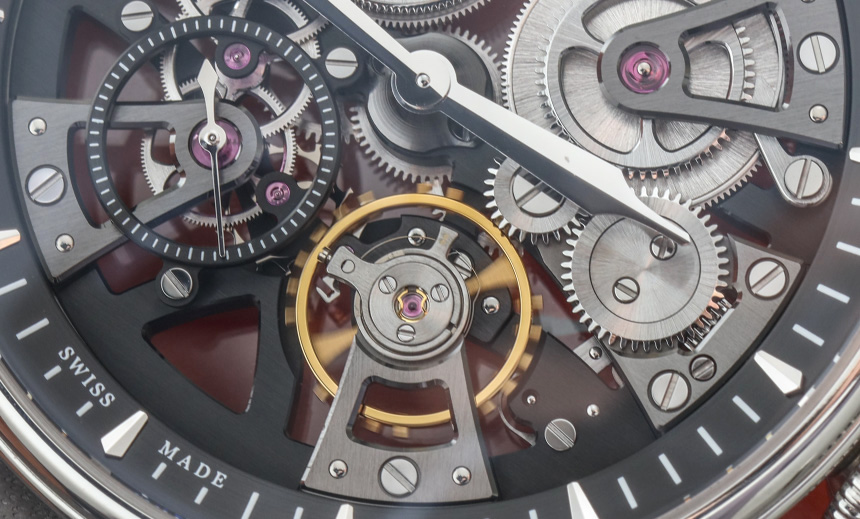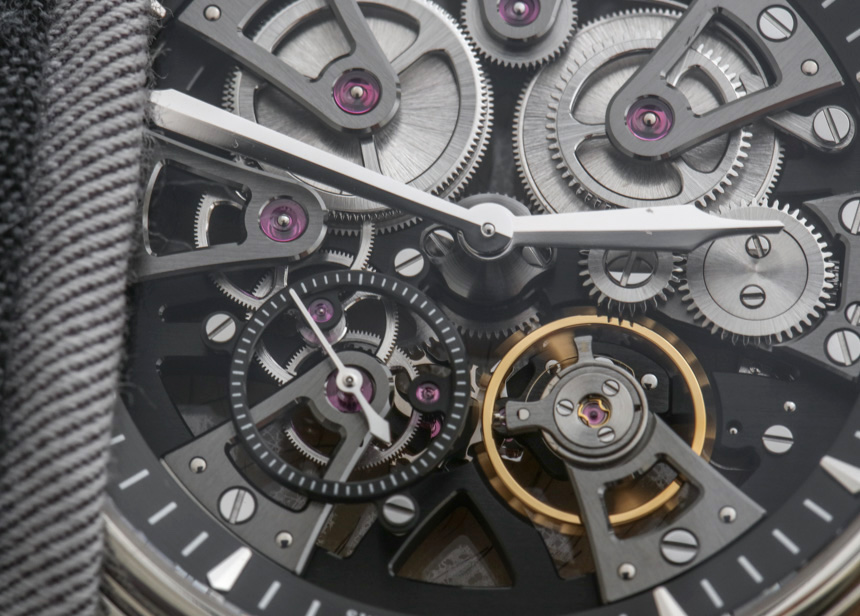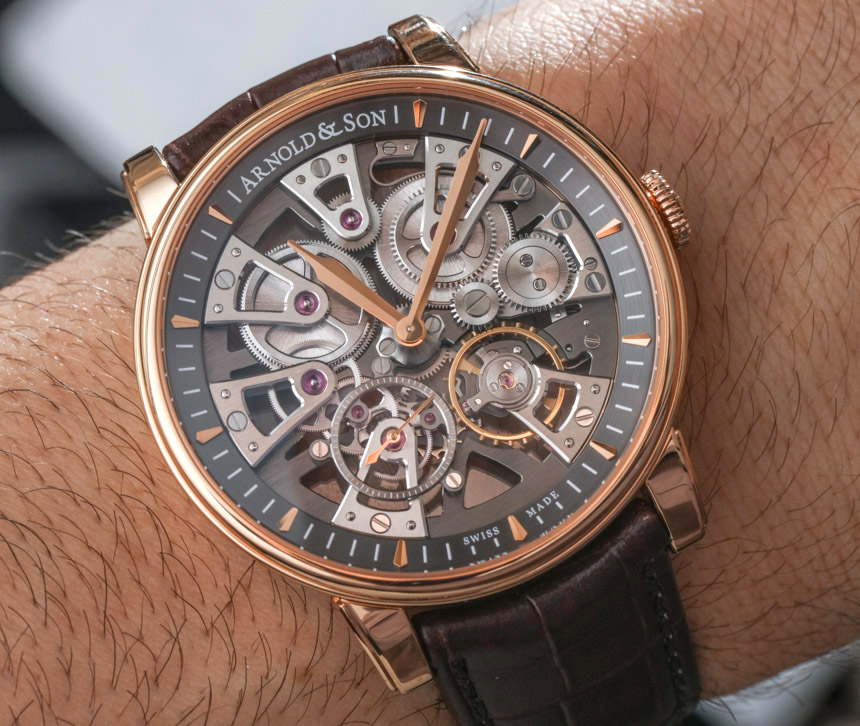
One thing I have in common with Arnold & Son‘s designer for movements and overall brand aesthetic, Sebastien Chaulmontet, is a love of symmetry. No, not all of the things he designs are perfectly symmetrical – after all, there must be some variety in life – but he tries harder than perhaps anyone else when it comes to both the case and dial of a watch, as well as the movement, to achieve aesthetic balance. The Arnold & Son Nebula – which is a new model for 2016 – is all about that the quest to make a movement as symmetrical-looking as possible.
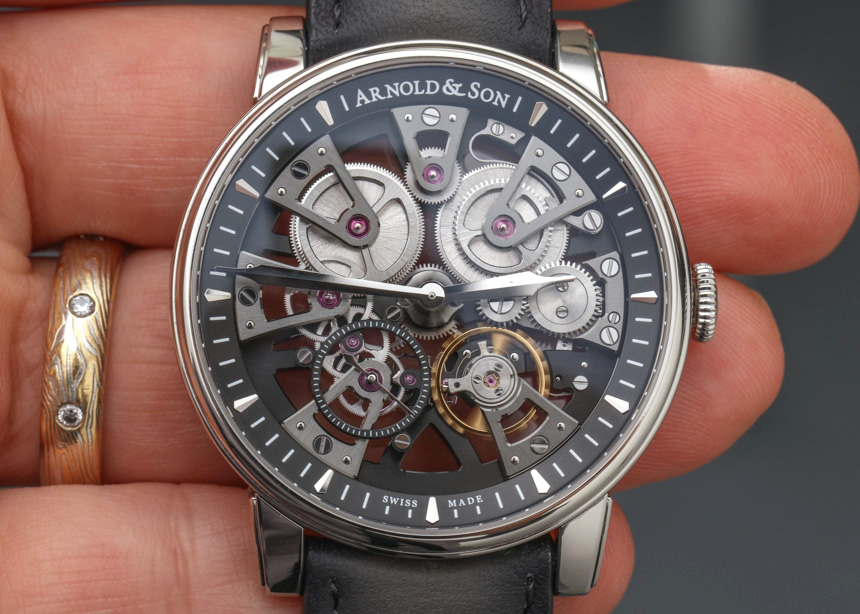
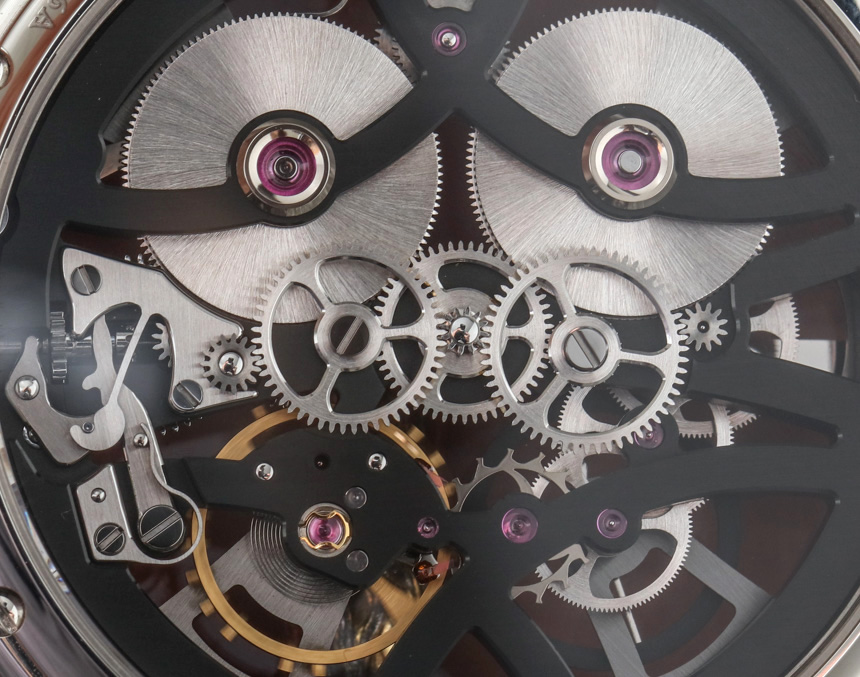
Do a survey of the world’s most popular designs and you’ll find that people are attracted to symmetry – especially bilateral symmetry. With the Nebula, Arnold & Son tries to go beyond that with a movement design that offers a large amount of bilateral symmetry if cut either vertically or horizontally. Of course, it isn’t perfect symmetry, but that isn’t the point. The main idea here is to experiment with this fascinating movement architecture and see how it makes having a skeletonized dial even better. What do you think?
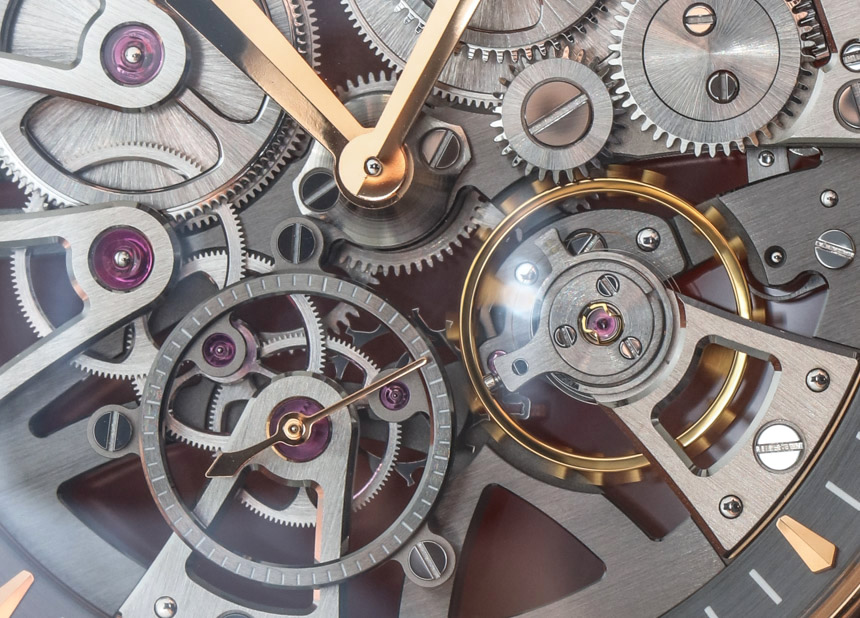
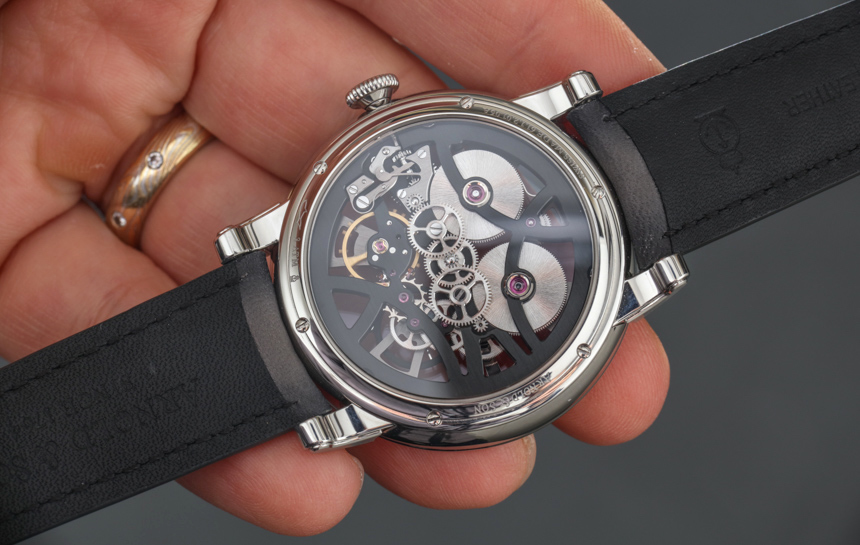
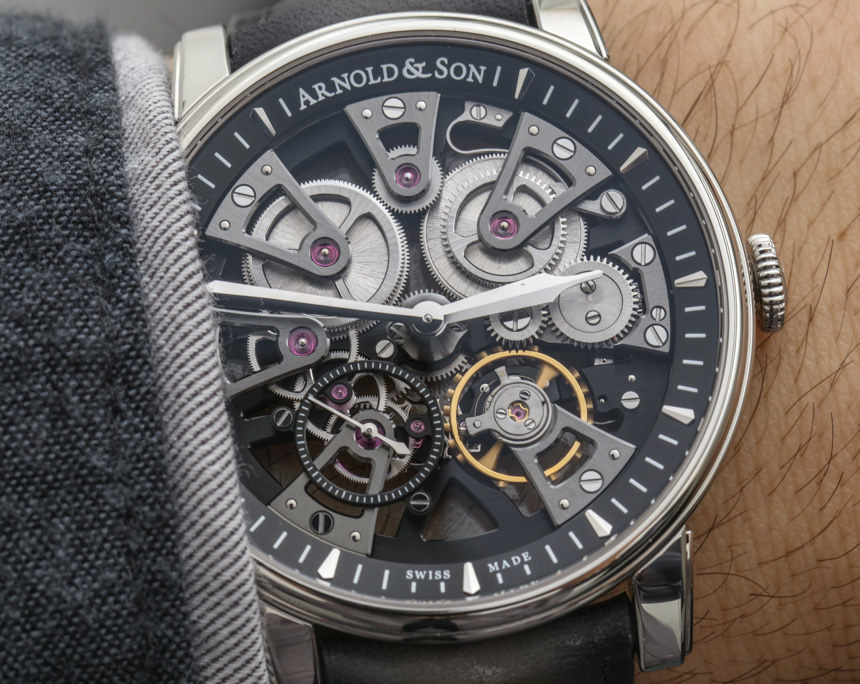
Many forms of movement skeletonization take a non-skeletonized movement and try to cut it up. One of the most popular movements out there that receives this treatment is the humble ETA UNITAS (6497 and 6498) that has seen a large range of techniques to carve it up in artistic ways. Skeletonization started out by actually having to skeletonize something, but more recently movements are being designed from the ground up to be visible. This is what Arnold & Son has done with many of their movements, including the caliber A&S5101 that exists inside of the Arnold & Son Nebula. One of the less frequently discussed things about Arnold & Son is that despite making less than 1000 watches per year, their new models mostly have new movements.
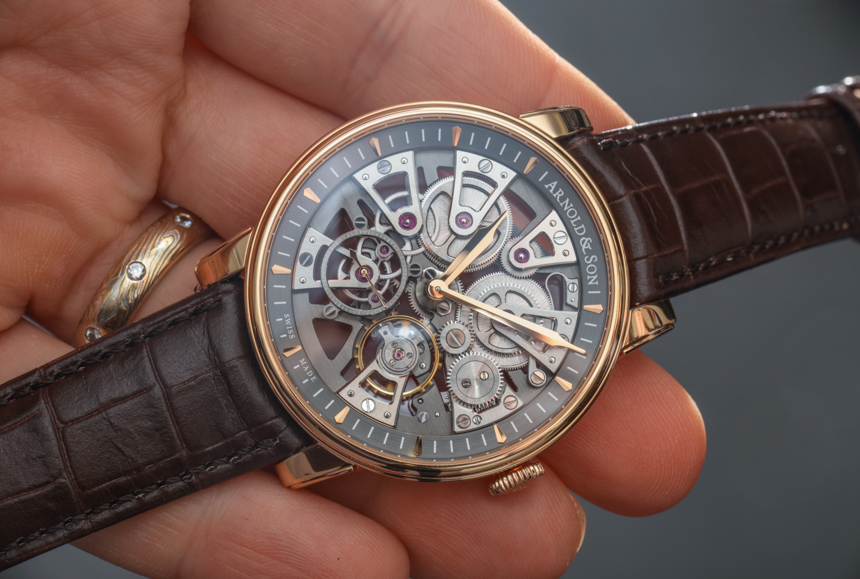
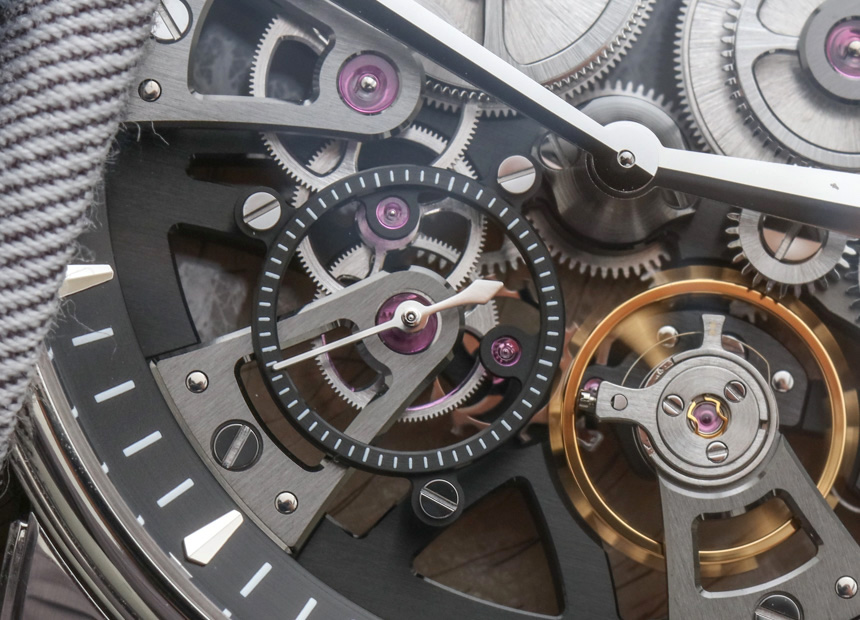
This is possible because they are part of the Swiss watch movement maker La Joux-Perret (yes, it is owned by the Citizen Group from Japan – but they don’t really make any decisions about how it is run, to be honest), which gives Arnold & Son the ability to do things most of its competitors simply can’t. At least not on this scale. What is really driving the innovation forward is probably Sebastien, who just has too many ideas to remain idle.
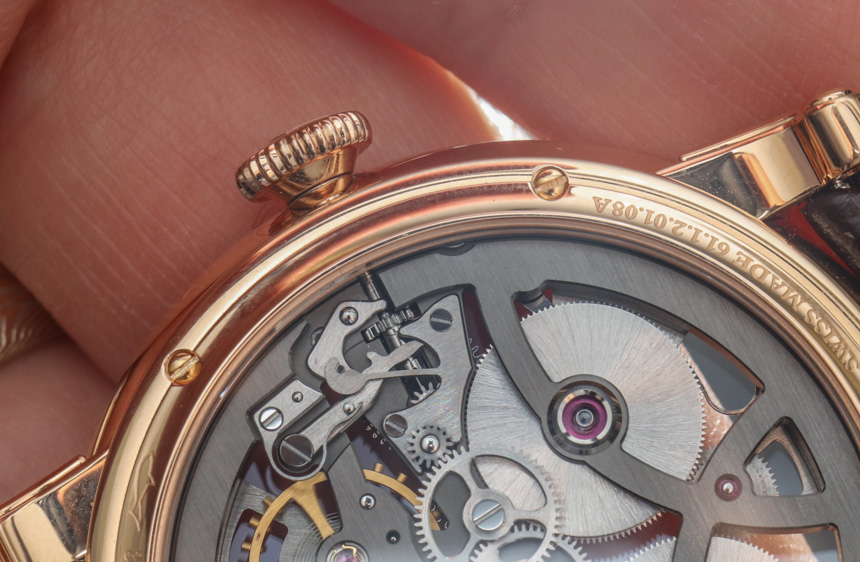
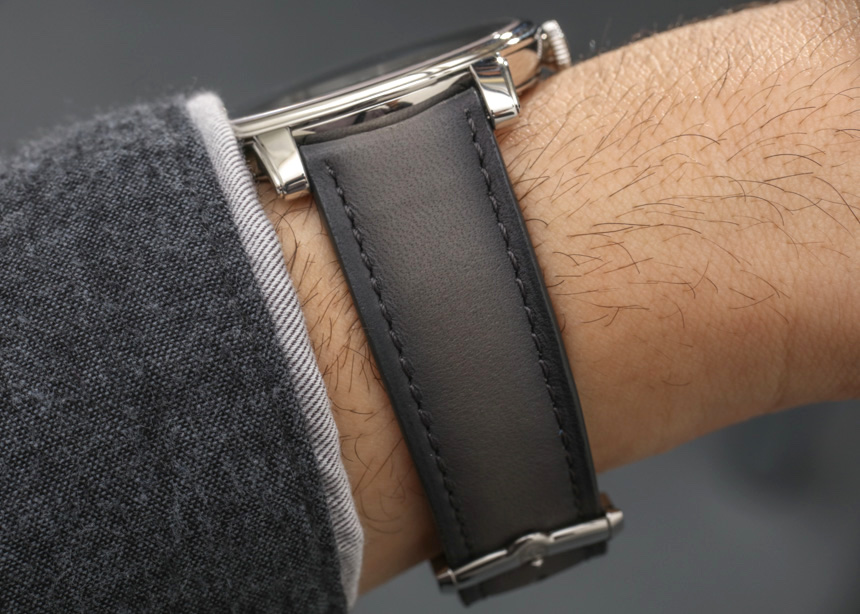
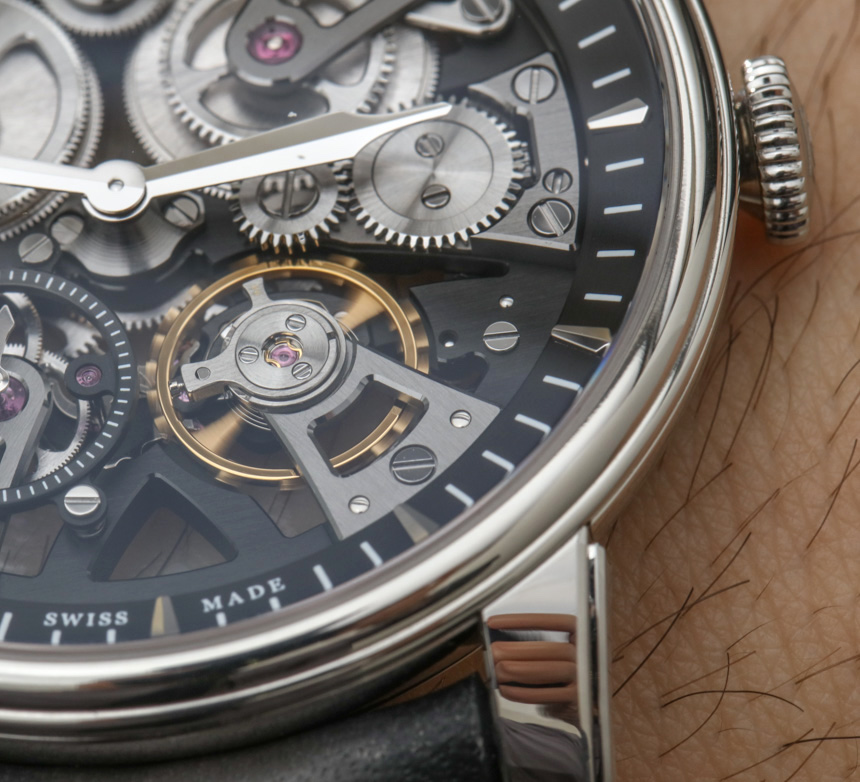
Ignore the movement and dial, and the Arnold & Son Nebula is very much what we’ve come to expect from Arnold & Son dress-style watches. The Arnold & Son Nebula comes in either steel or 18k red gold, and the case is 41.5mm wide and 8.73mm thick – making it extremely wearable. It isn’t the smallest or the largest dress watch that Arnold & Son makes, but with its thinner case and classical proportions it certainly works well as a more formal timepiece.
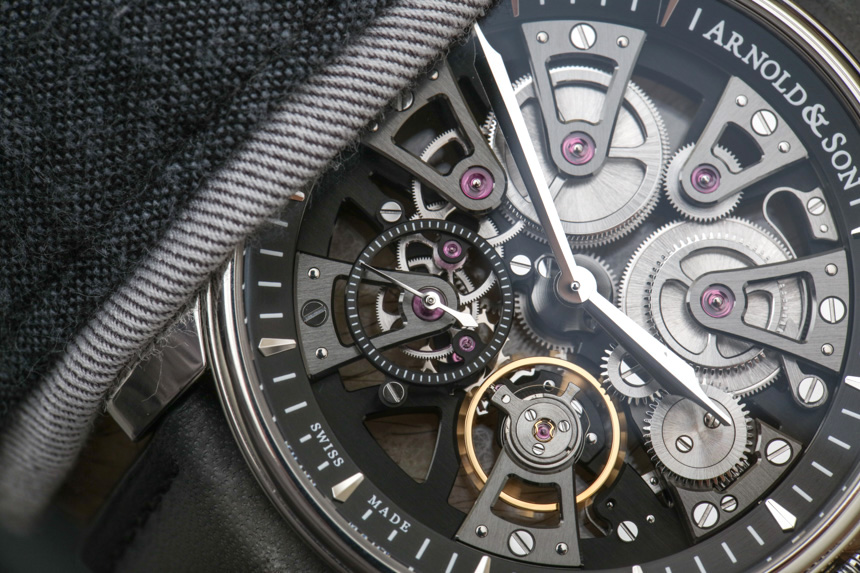
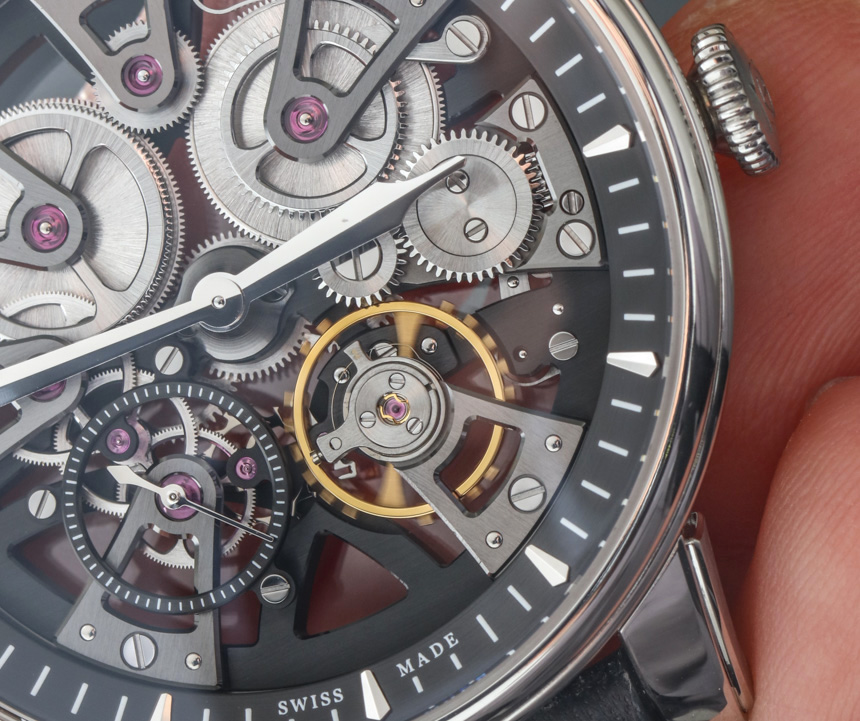
In images, the three-dimensional depth of the dial is hard to convey. For me, that is really the magic of looking into the Arnold & Son Nebula – in addition to the visually very appealing symmetry of the movement architecture. Arnold & Son isn’t going to beat Patek Philippe, Chopard, or Vacheron Constantin these days when it comes to the level of movement finishing, but it is pretty good – especially for the money. More importantly, over the years I’ve actually seen it get better – for example, in how they do the beveled edges on the ends of movement bridges or wheels.
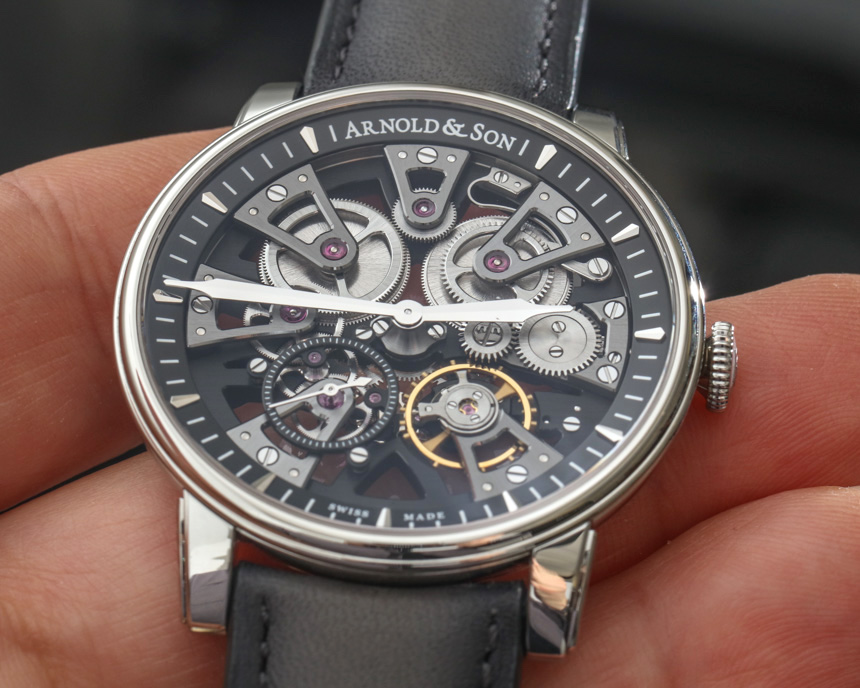
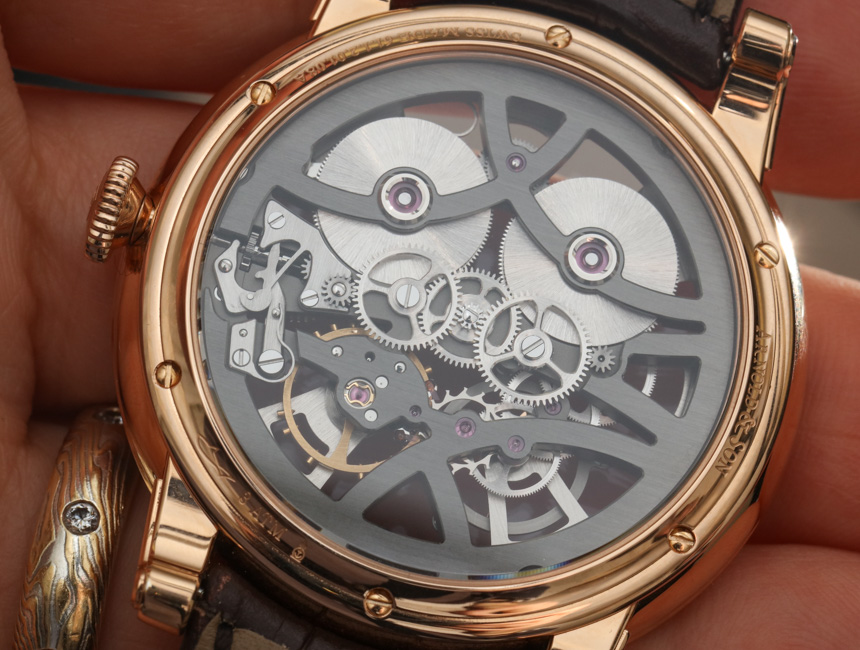
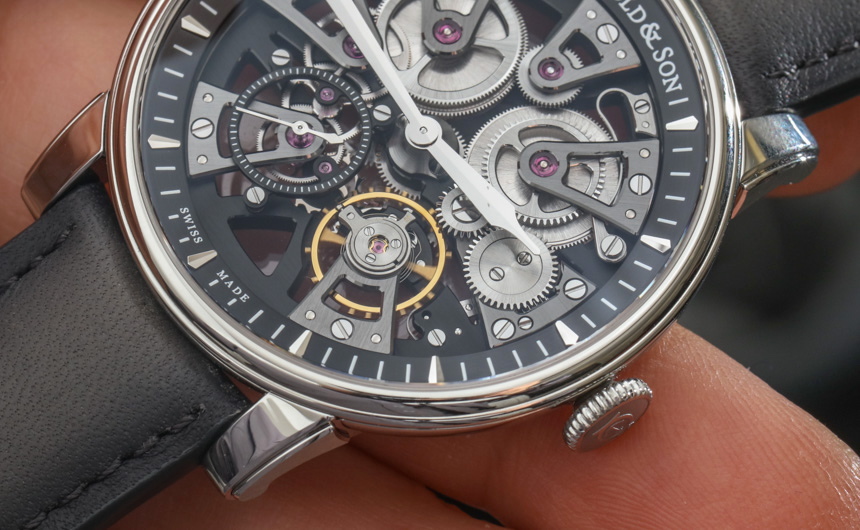
The movement architecture and overall look, while technically new, is clearly based on the long-standing Arnold & Son TB88 watch collection. Starting with that watch, Arnold & Son began down a long road of bringing the bits and pieces of the movement that are normally hidden on the caseback to the foreground on the dial. This includes double mainspring barrels on the top, and a subsidiary seconds dial adjacent to the balance wheel and escapement below. If anything, the increased skeletonization and visual symmetry of the A&S5101 and the Arnold & Son Nebula overall represent an evolution and refinement of the TB88 collection.
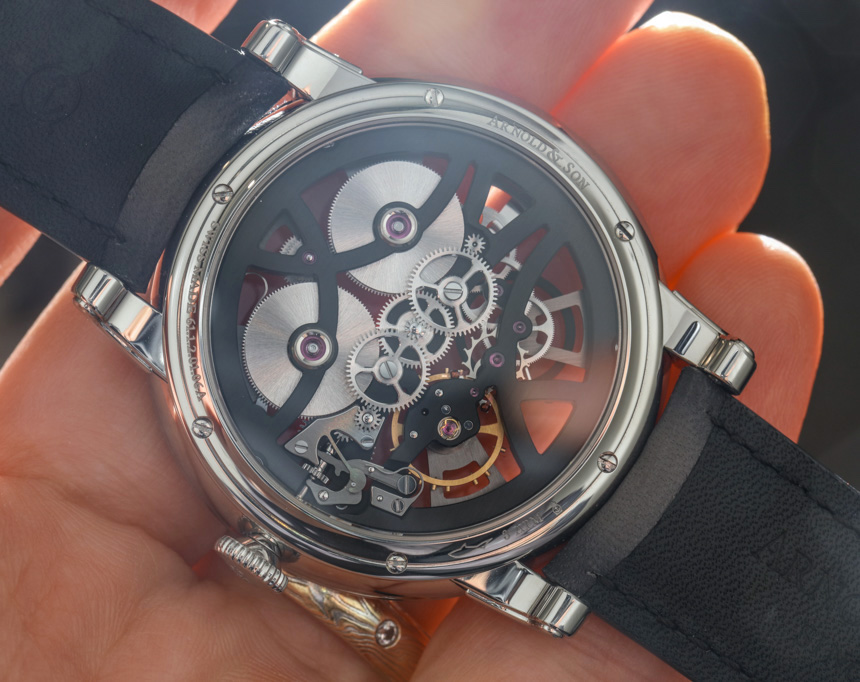
The rear of the Arnold & Son Nebula isn’t bad-looking either. Arnold & Son makes good use of contrasting finishes and colors to bring out a variety of details in the movement – which is the type of stuff that watch aficionados eat up. This is the visceral part of watchmaking that Arnold & Son understands pretty well. They may lack muscle in marketing and branding, but there is a lot to love at the brand where it arguably counts.
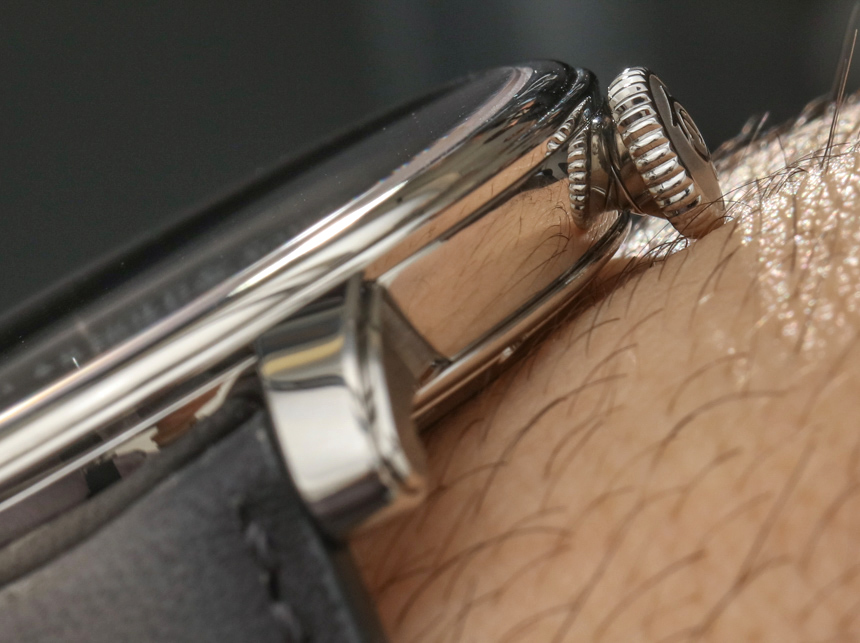
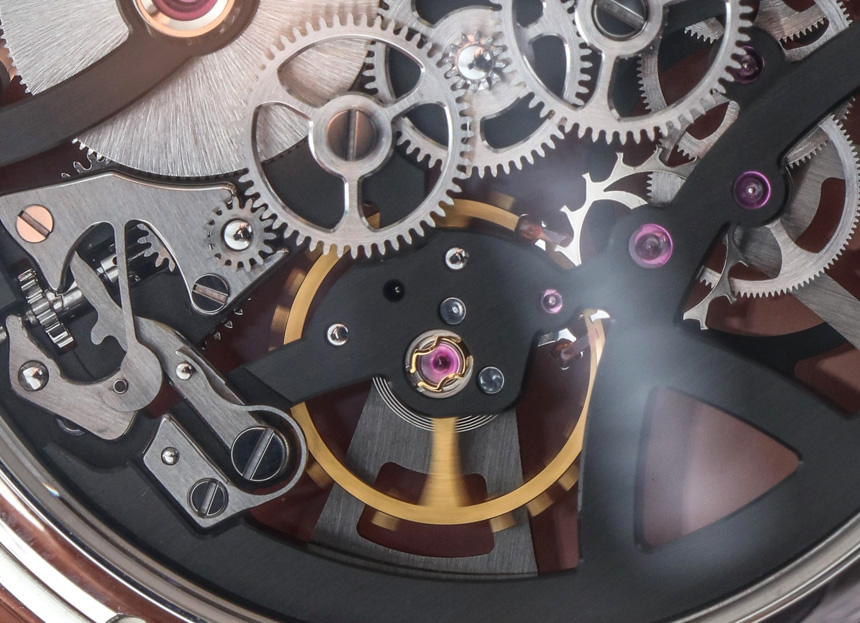
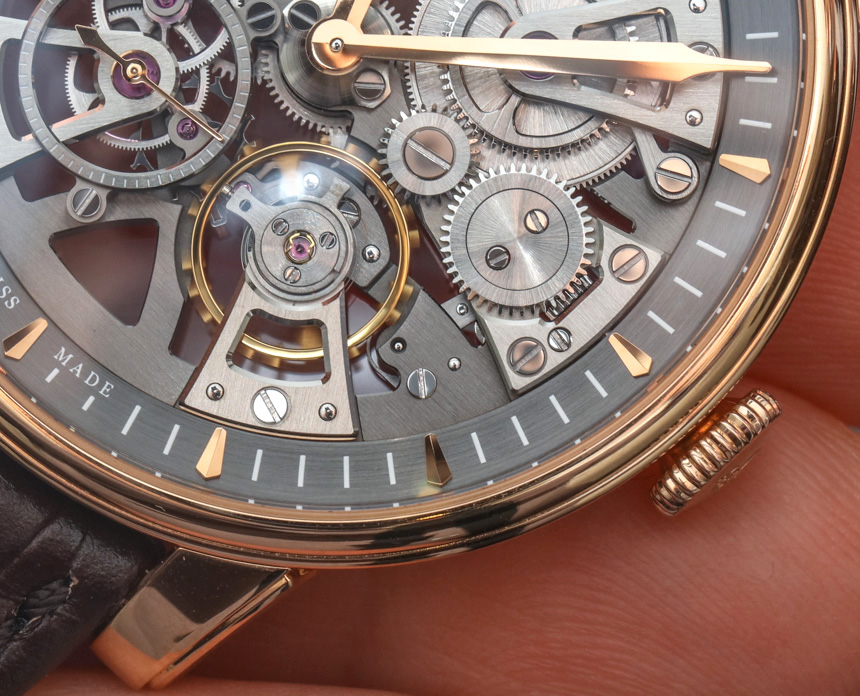
Arnold & Son’s caliber A&S5101 manually wound movement operates at 3Hz (21,600bph) with 90 hours of power reserve between the two mainspring barrels. The most distinctive feature, of course, is the seven classical-style bridges that are mounted radially around the movement that hold most of the components together. As usual, legibility is maintained through properly sized hands and a minute/hour track along the chapter ring. The steel and gold versions of the Arnold & Son Nebula have slightly different dial finish colors as well.
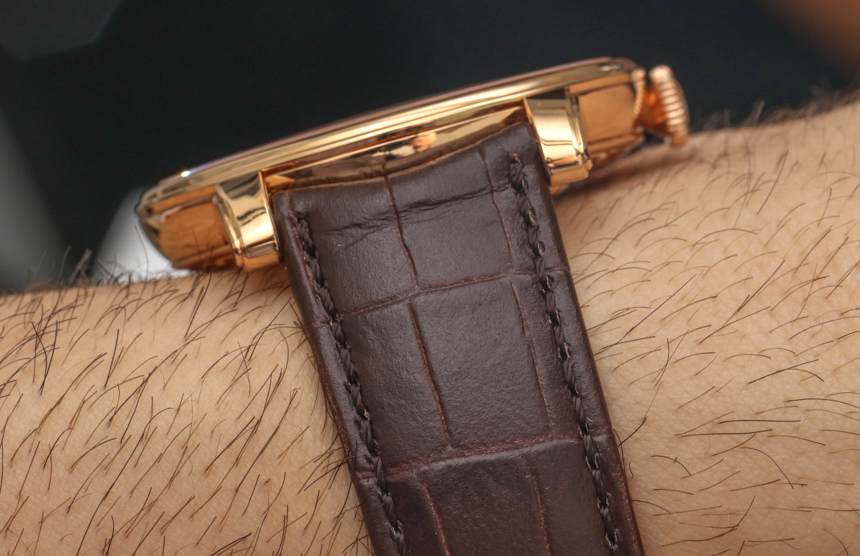
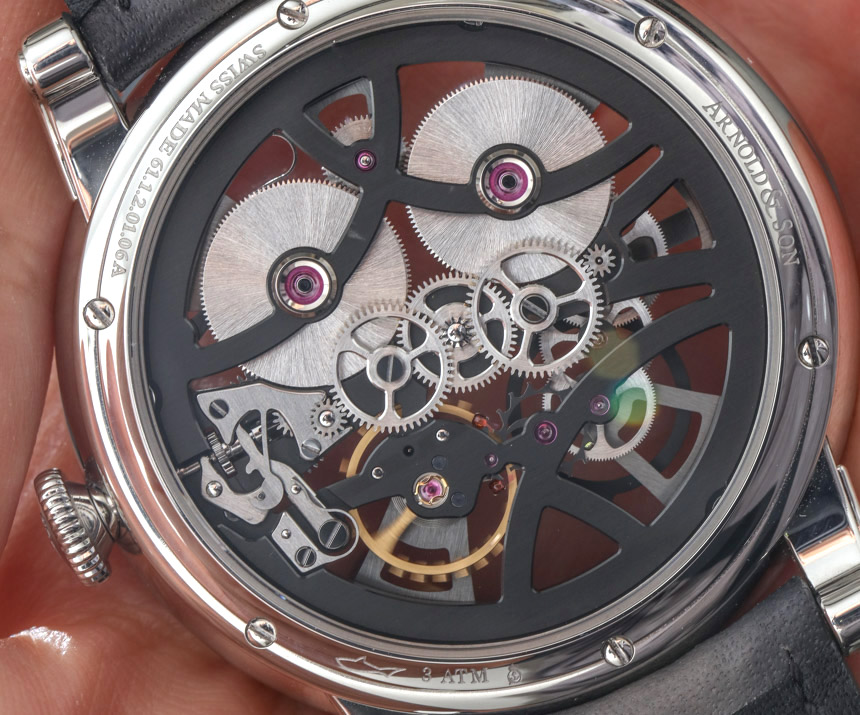
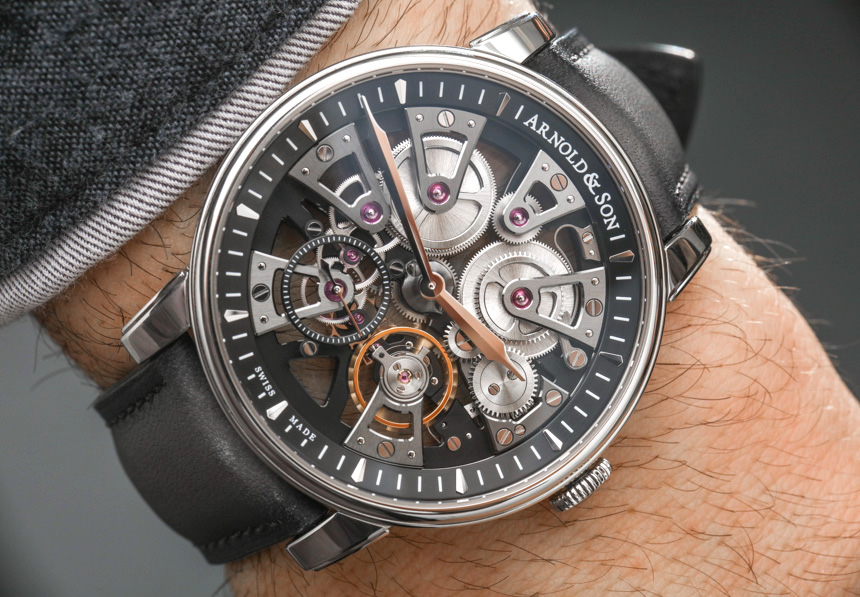
Each of the two Arnold & Son Nebula watches are available on black or brown alligator straps. The steel model can also come with a gray, brown, or blue leather straps (the same as those you can see here when we looked at the Arnold & Son Eight-Day Royal Navy watch). For those who liked the idea of the TB88 but felt that it wasn’t refined enough or too large, the Arnold & Son Nebula is a good choice. Price for the Arnold & Son Nebula reference 1NEAS.B01A.D134A in steel is $14,500 USD and the reference 1NEAR.S01A.D135A in 18k red gold is $25,750. arnoldandson.com

